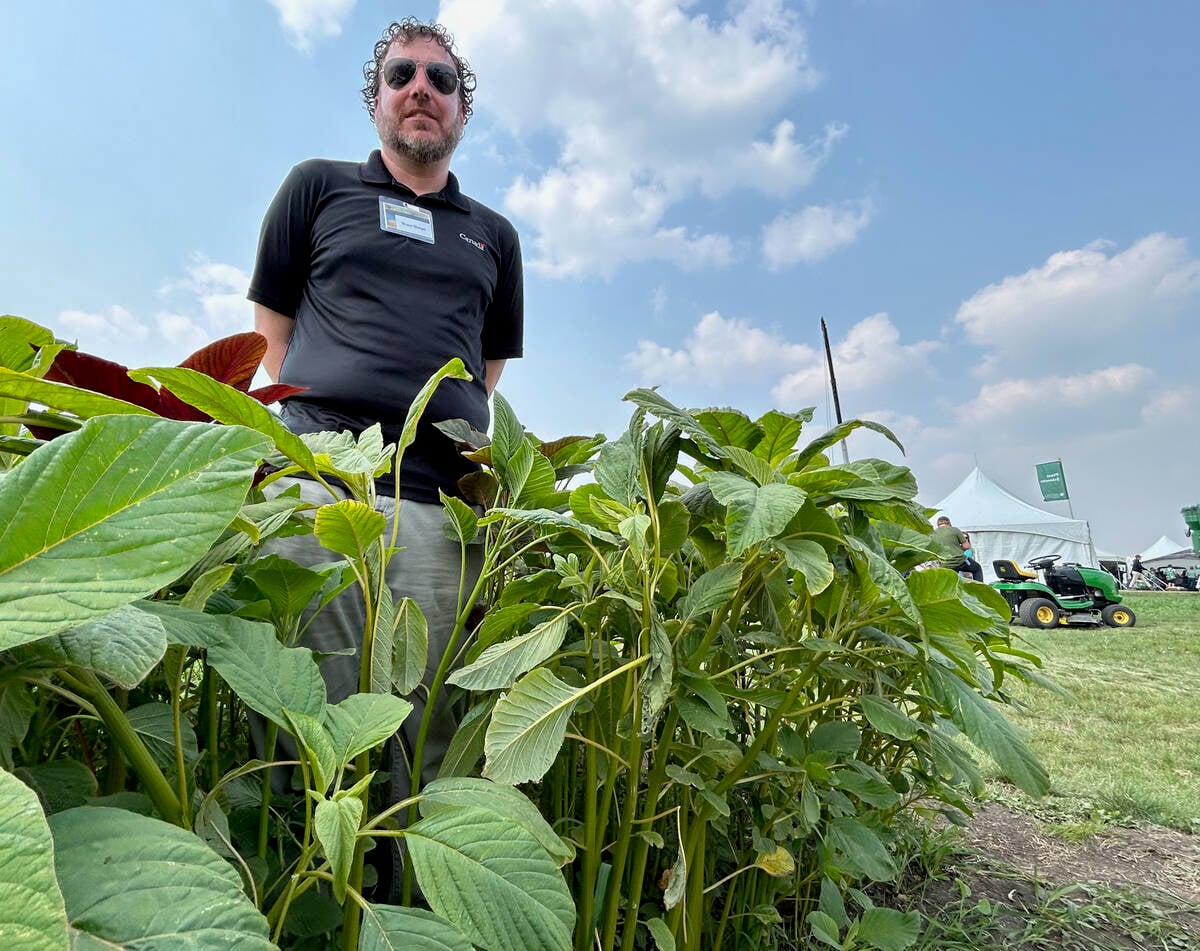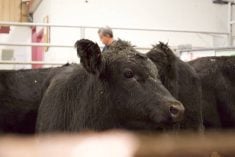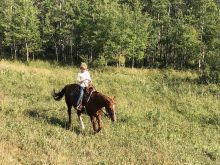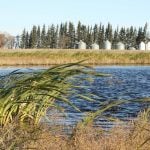Burdock is an invasive plant that causes problems for livestock and crops. The tall burdock plant (a native of Eurasia, brought to North America by seed burrs stuck to imported animals) is a biennial.
Burdock flowers in late summer, producing a composite seed head which matures by mid-August in southern areas and later in northern climates. Ripe burrs have hundreds of tiny hooked slivers, and if these get into an animal’s eye they cause severe irritation, especially if caught under an eyelid where they continually scrape the eyeball every time the animal blinks.
Dave Ralph, an extension specialist and project manager with the Invasive Species Council of British Columbia, works with noxious weed problems. This non-profit organization is independent of government and industry. It is the oldest and largest in Canada (and connected with the Canadian Council on Invasive Species) providing this information and education.
Read Also

Glufosinate-resistant waterhemp appears in U.S. Midwest
News of glufosinate-resistant kochia in the U.S. is concerning as farmers are losing options to control waterhemp, also of the pigweed family.
“In BC, many regional districts list burdock as noxious in the B.C. weed control regulations,” says Ralph. “Historically burdock has been a problem for livestock. The burrs get caught around the face, ears and eyes of grazing animals, leading to health problems including eye infections.”
If the animals are covered with burrs this will also reduce their market value. In some instances, buyers refuse to take animals that have burrs stuck to them as no one wants to bring burdock seeds to their operation.
While there are some limited resources available to provide burdock control on Crown lands, most control efforts are applied on private land. While chemical control is an option in B.C. for example, any residual herbicides cannot be applied to weeds in riparian areas or near watercourses within 10 metres (30 feet) of the high water mark. Within those zones, manual or mechanical control measures such as chopping, mowing or pulling can be used.
A long-term battle
“Burdock has a large root, however, and unless the soil is very moist, often when you pull or dig it up, you only get the top growth and it will come up again from the root,” says Ralph. “Some producers go out and repeatedly cut the plants, not allowing them to go to seed. With a biennial like burdock this isn’t an immediate solution, but eventually the plants will die within three to four years, according to people who have been battling burdock. Those who have success digging it up say you have to get at least two or more inches of the root to have a chance of killing that plant.”
The seeds remain viable in the soil for up to 10 years however, so even if you keep chopping down or digging up the current plants there may be new plants coming up for several years. This can be a long-term battle.
As in managing many pests, prevention is the best option. Those buying hay should always check for noxious weed species and seed heads — in case it might have been baled up in the hay or straw. Check the source of the feed and as well as check any new animals introduced to the farm to make sure they are not burdock seed carriers.
“If there are concerns, we encourage producers to contact their local rural municipality or provincial agriculture department with a weed control function to assist in addressing burdock,” says Ralph. The tiny seed “slivers” from dried seed heads can get into an eye and under the eyelid of grazing animals, resulting in painful irritation, causing the eye to water and be held shut, looking like a case of pinkeye. Dry burrs that are still hanging on old plants can create problems any time of year.















